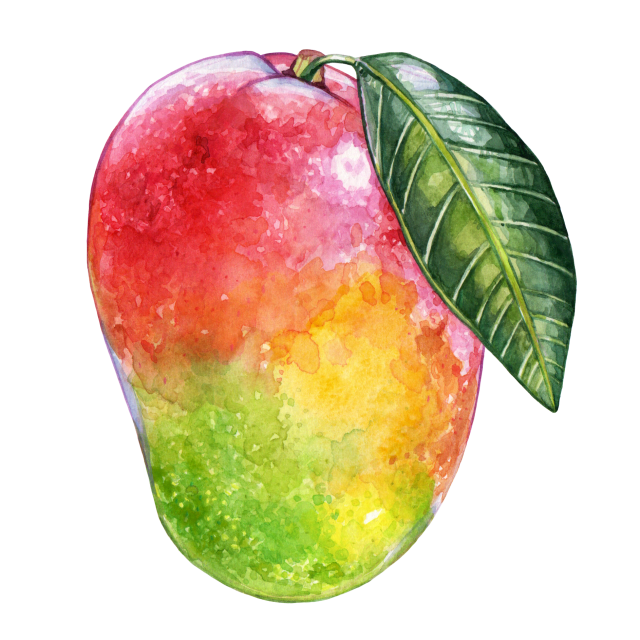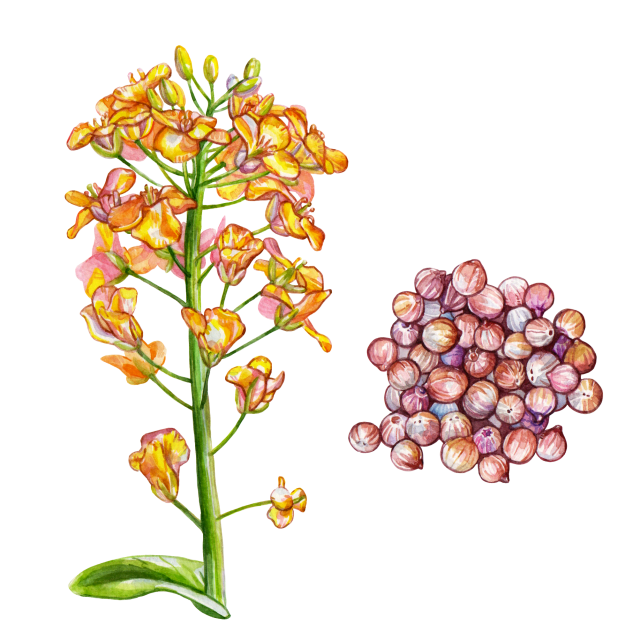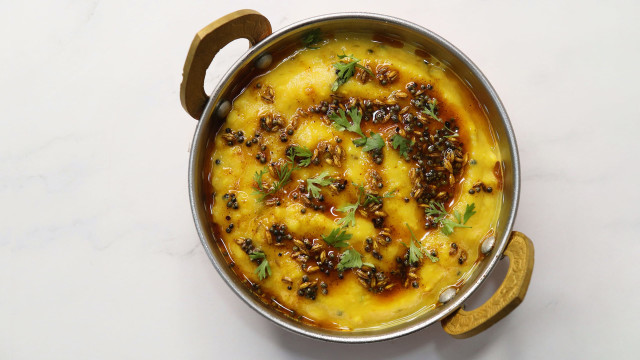
Homestyle Mango Pickle

Homestyle Mango Pickle
Description
This traditional green mango pickle is a bold, tangy condiment packed with spice and aroma. Raw mangoes are pickled in salt, turmeric, and a fragrant blend of spices. Mustard oil and a pinch of asafetida deepen the flavor, making it a perfect pairing for rice, dal, or parathas. Rich in vitamins A and C, polyphenols, and fiber, green mangoes support gut health, liver function, and skin health.
Ingredients
2 1/2 cups (600 g) MAKES
- 1.1 lb (500 g) raw mangoes
- 1 tsp turmeric
- ¼ cup (50 g) salt
- 3 Tbsp (16 g) Kashmiri red chili powder
- 1 Tbsp (15 g) coriander seeds
- ½ Tbsp (9 g) fenugreek seeds
- 3 Tbsp (16 g) fennel seeds
- 1 Tbsp (12 g) mustard seeds
- ½ Tbsp (5 g) nigella seeds
- 1 cup (375 ml) mustard oil
- A pinch of asafetida
Directions
-
Step 1
Peel the mangoes and cut them into three pieces: the two cheeks and the center with the seed. Roughly slice the cheeks into smaller pieces, about 1/4-inch-thick. Cut around the seed for the remaining flesh. -
Step 2
Put the mango in a mixing bowl. Add turmeric and 2 Tbsp salt. Mix well to kick-start the curing process by drawing out the moisture, creating a brine, and preventing browning. Cover and let it sit undisturbed for 12 to 24 hours. The longer you can leave it, the better. Traditionally, it’s left to cure for 5 to 6 days. -
Step 3
Drain and spread the mango slices on a tray lined with a muslin or cheesecloth and leave to dry in the sun or under the fan for 3 to 5 hours to reduce excess moisture. -
Step 4
To make the pickling spice: In a small, heavy-bottom pan, toast the coriander, fenugreek, fennel, mustard and nigella seeds on medium-low heat. Once the mustard starts to pop and crackle, remove the spices from the heat and allow them to cool. Coarsely crush the mix in a mortar or blitz briefly in a spice grinder. -
Step 5
Heat the mustard oil in a small pan to the smoking point, then turn off the heat and set aside to cool down. Heating the oil helps bring down the sharp pungency of Indian cold-pressed mustard oil. If using a neutral cooking oil, skip this step. -
Step 6
To assemble the pickle: Add the coarsely ground spices, mangoes, the remaining salt, red chili powder, and asafetida to a large clean, dry mixing bowl and give the contents a good mix with a clean, dry spoon. -
Step 7
Transfer the pickle to a glass or a ceramic jar. Pour the mustard oil, enough to cover the mango, plus a ½-inch layer on the top. Cover and let the jar sit for two weeks in the sun (a windowsill that gets light, or a warm, dry space also works). If using a barni or martabaan (South Asian ceramic pickle jars), cover the mouth of the jar with a muslin cloth before putting the lid on. -
Step 8
Give the jar a gentle but thorough shake daily for even curing. When your pickle is ready, store the jar in a cool, dry place; no need to refrigerate. Always keep the lid on and use a clean, dry spoon to serve. Show the jar some love every few days by shaking it to ensure the oil and spices are coating all mango pieces evenly. The oil keeps your pickle from spoiling by keeping mold away. If needed, top the pickle with more oil from time to time. As the pickle ages, the flavors will intensify. Enjoy the pickle with khichdi, dal-rice, or aloo parathas, all classic combos! Knead it into the dough for flatbreads or use it as a condiment in sandwiches.
About the author
More by Sadaf Hussain

Curd Brine Pickle
In this delicious probiotic pickle, carrots and radishes are fermented in a yogurt and mustard brine.

Everyday Indian Gravies
Explore the building blocks of Indian cuisine through five masalas.

Indian Pickles for Wellbeing
Nutrition-boosting Indian pickles offer a wide range of exciting flavors.







